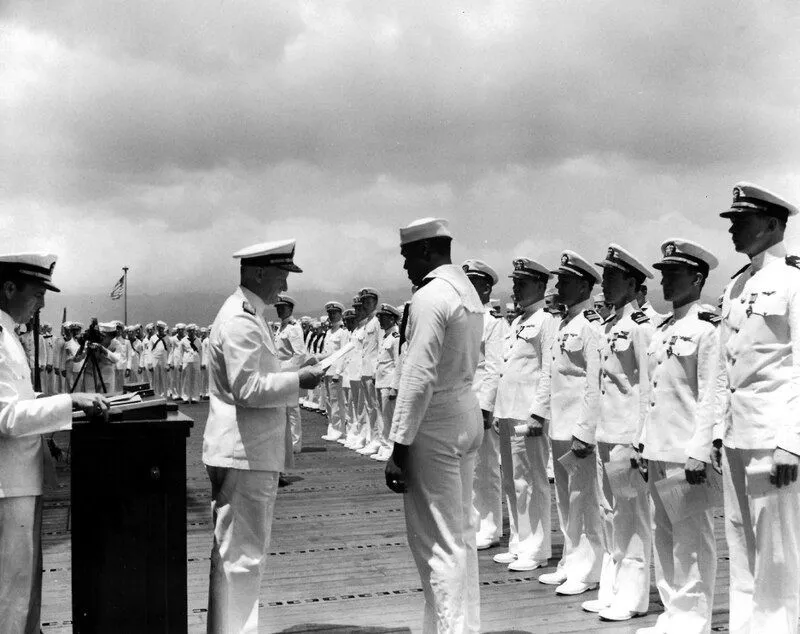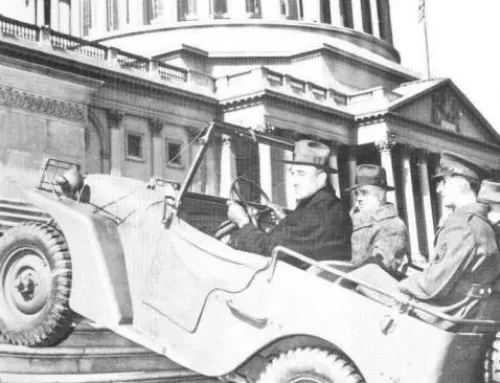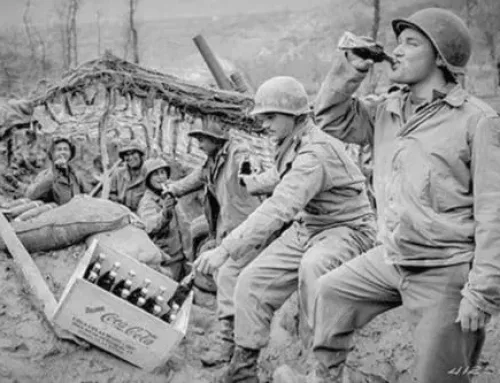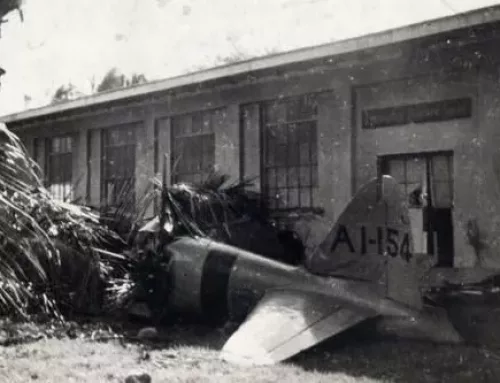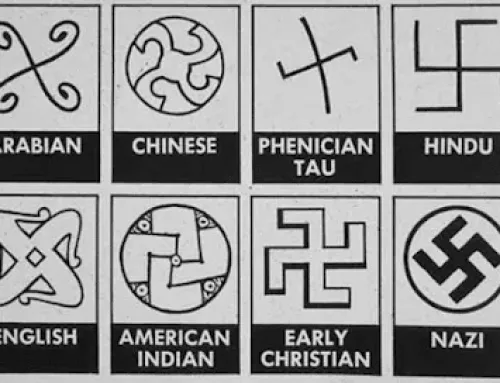Doris “Dorie” Miller
Doris “Dorie” Miller was born on October, 12, 1919, in the midst of the lynching epidemic that blighted the South in the early 20th century. Three years prior, in his hometown of Waco, Texas, one of the most brutal lynchings on record took place when 17-year-old Jesse Washington was burned alive in front of the city hall.
When Miller was 19, he dropped out of school to support his struggling family. Unable to find work, he joined the U.S. Navy in 1939. At that time, Black men serving in the Navy were consigned to the lowly messman branch, where they were tasked with feeding and serving their white officers.
Doris Miller attended a racially segregated boot camp at Norfolk, Virginia. On January 2, 1940, he was assigned to the battleship West Virginia, which was soon transferred to Pearl Harbor.
The battleship West Virginia came under attack from a carrier-launched aircraft of the Japanese Imperial Navy on the morning of Dec. 7, 1941. Doris Miller was then 22, and with the first torpedo’s explosion, he reported to the ship’s magazine. He found the magazine already flooded, however, and so went seeking reassignment. He encountered the ship’s communications officer, Lt. Cmdr. Doir C. Johnson, who ordered him to the signals deck. It was there that Miller found West Virginia’s commanding officer, Capt. Mervyn Sharp Bennion, laying mortally wounded. Being a heavyweight boxing champion, Miller was ordered to lift his dying captain and carry him to a spot of shelter just below the port side antiarcraft guns.
By then the ship had sustained heavy damage from two bombs and six Japanese torpedoes. Most of its starboard guns were still operational, however, so Lt. j.g. Frederic H. White ordered Miller to start feeding ammo to one of a pair of .50-caliber Browning machine guns nearby, while White fired the gun at incoming Japanese planes. The deck was awash with oil and water, and with fires engulfing the ship, Miller took control of the second gun unattended, without orders and with absolutely no training in its operation, and opened fire.
Only when his gun ran out of ammunition and the West Virginia began to sink did he cease firing. Descending to the boat deck, Miller helped pull sailors from the burning water, unquestionably saving the lives of a number of men. By then, the ship was flooded below decks and rapidly settling in the harbor’s shallow water, and its senior surviving officer gave the order to abandon ship. Doris Miller was one of the last three men to leave West Virginia. He and his shipmates swam 300 or 400 yards to shore, avoiding patches of flaming oil from the battleship Arizona and strafing from Japanese planes. Of West Virginia’s 1,541 crewmembers, 106 were killed and 52 wounded.
On New Year’s Day 1942, the Navy released its list of commendations for heroism at Pearl Harbor. On the list was a single commendation for an unnamed black sailor. It was not until March 1942, three months after the attack, did the Pittsburgh Courier, an influential African-American newspaper, release a story that at last identified the black messman as Doris Miller. On May 11, President Roosevelt approved awarding Miller the Navy Cross—at the time, the third-highest Navy award for gallantry during combat.
On June 1, 1943, Miller arrived aboard the escort carrier Liscome Bay as a mess attendant and was promoted to cook, third class. But on the early morning of Nov. 24, 1943, a single torpedo from Japanese submarine I-175 struck the carrier. Miller responded to general quarters, but a few moments later the ship’s aircraft bomb magazine exploded.
Most of the crew died instantly, and Liscome Bay sank within 23 minutes. The casualty list was among the largest of any Navy vessel in the war. Only 272 officers and enlisted men survived from the crew of more than 900. Doris Miller was not among them. He was listed as “presumed dead” and after 365 days was reported as killed in action. His body was never recovered.

